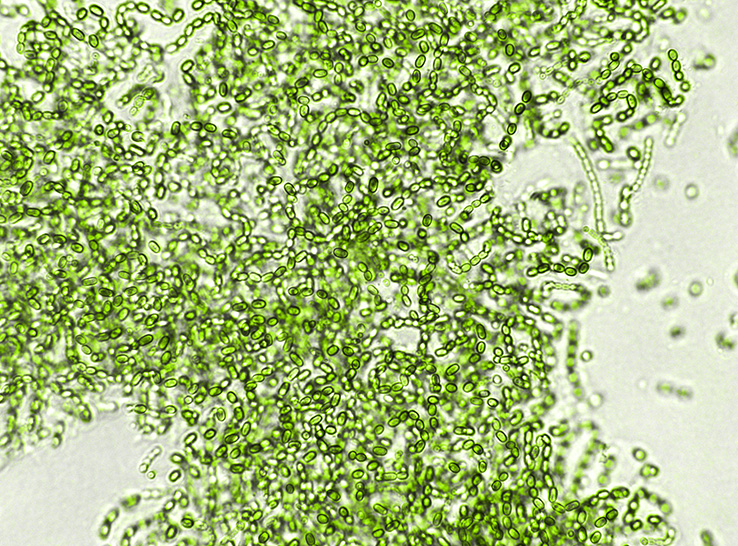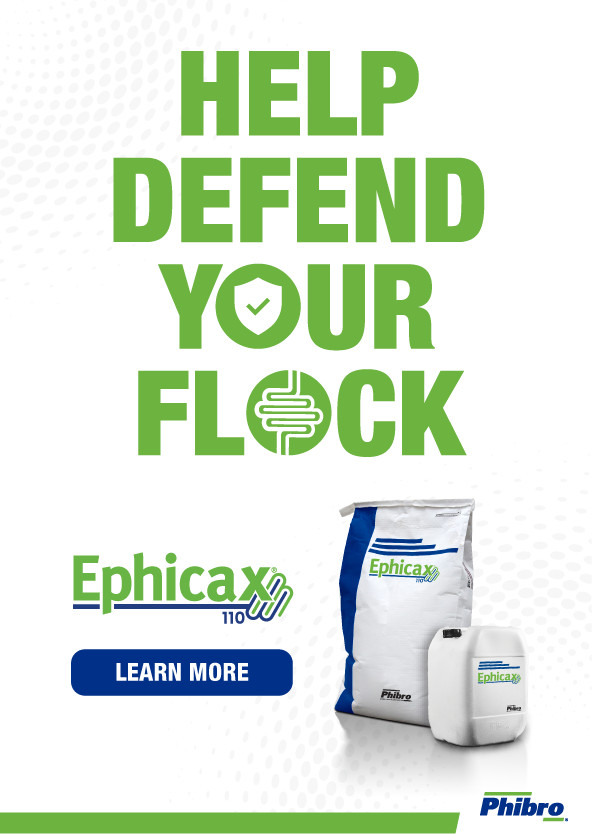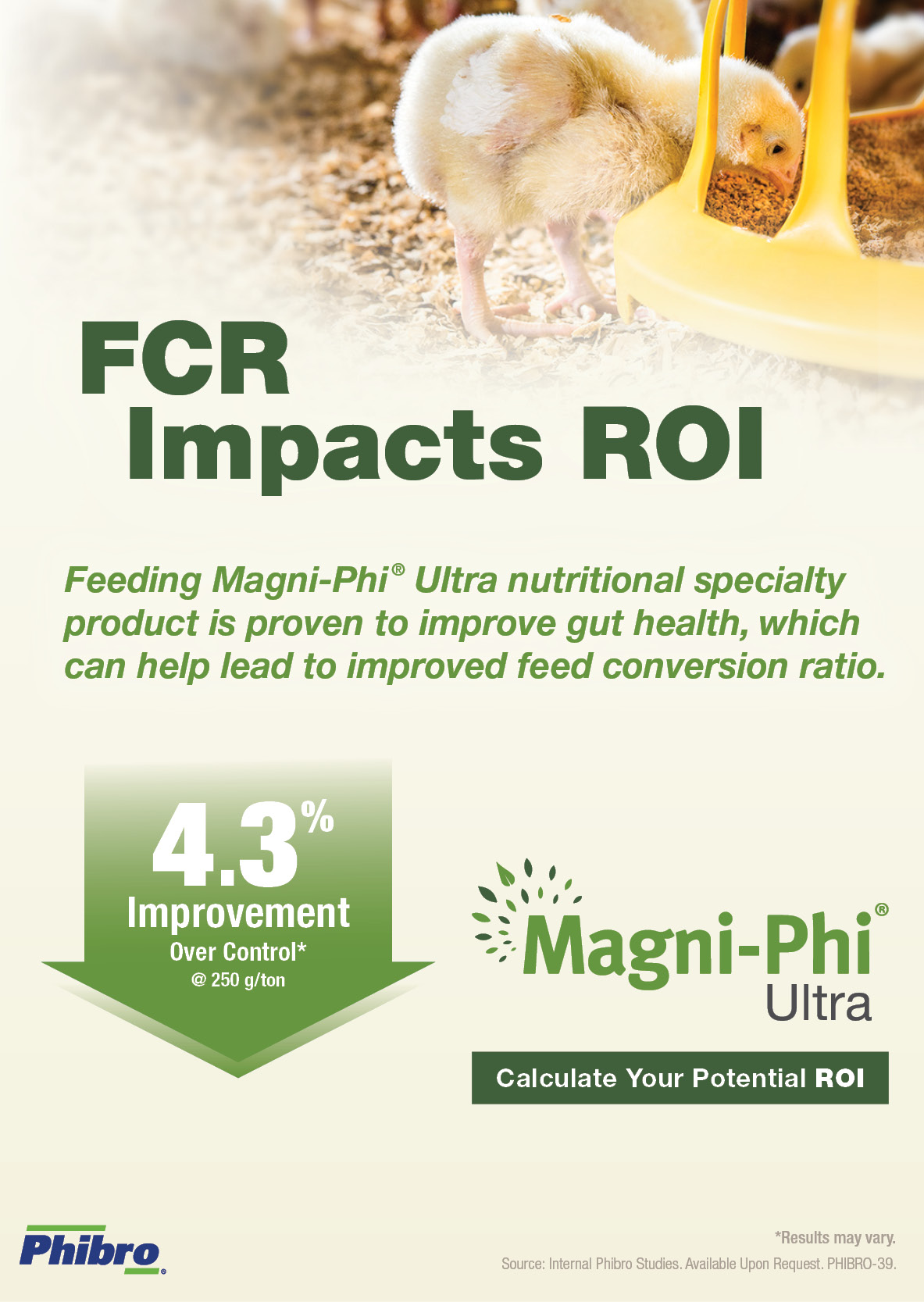By Luis Gomez, DVM, MAM, Dipl. ACPV
Senior Director GPT Nutrition and Health
Phibro Animal Health
Every time I look at raw data from a poultry-health study, I think of a child’s toybox filled with thousands of tiny, plastic blocks that snap together.
At first glance, the blocks are nothing more than a random jumble with no structure or meaning. But once those blocks are carefully selected and thoughtfully pieced together, they take on new forms with new meaning. Suddenly, a seemingly meaningless collection of blocks is transformed into a colorful skyscraper, windmill or football stadium.
As global technical support director for nutritional products for Phibro Animal Health, I am part of a fascinating effort to collect and then interpret data that will be meaningful to veterinarians, nutritionists and producers.
My interest in research data grew from my work in the poultry industry. After earning my veterinary degree and working for a production company and allied industry in the US, I joined my family’s chicken operation in Venezuela. I also had the opportunity to work with a large chicken company there. It was an amazing learning experience, as I got to learn things beyond my normal scope as a veterinarian. I was able to overlay data from management, biosecurity, laboratory (monitoring or diagnostic), weather, GIS, etc., and understand how to insert our team and have an effect on the larger objective of the company.
The building blocks
Throughout the animal-health industry, there is an ongoing effort to develop and prove best practices based on evidence. We are moving past proving a point based on an argument and instead are proving a plan or treatment based on evidence through time and space, on a continuous basis.
At Phibro, we conduct extensive trial work internally or by a third party. These trials are used to develop products and also to prove questions from the field. I find this fascinating because I’ve never worked for a company that did things this way. This applied research might start in a commercial research operation before entering a customer’s facility or be used to fine-tune how a product can perform better or for a defined purpose. This helps us and our customers have accurate results.
Capturing veterinary data is not easy. For one thing, this is not “big data” but rather “small data.” We usually work with hundreds or thousands of data points, compared to the millions or billions of data points used in the “software” industry. On top of that, and traditionally, veterinary data have been isolated or protected, and only recently have we begun to amass more of it to draw broader conclusions.
To achieve this goal, Phibro developed a software program called Integritas™. Our objective is to increase the number of data points captured to be able to go back to customers with suggestions on how to improve their operations based on their own data. Throughout the process, we have incorporated protocols to keep customers’ information private and secure, one of the most essential components of the process.
The technology allows us to analyze more at a faster rate. The old principle of “garbage in, garbage out” still applies. As we refine the process, we are collecting more useful data that returns reliable results.
Currently, we’re involved in a pilot project in which a customer has Integritas software installed on their tablets. Employees enter health information while they are in the houses with their animals. Once their data is in the cloud, we sit down with them and analyze all that they have captured, and they can use it to make better decisions.
Making an impact
Data starts to make sense by presenting it visually. Applying metadata over the raw data, you begin to produce information. From this, we can start reporting analytics, historical behaviors and even start making predictions.
The exciting thing is that we get quite a bit of information from the veterinary side that can trigger both immediate and long-term actions. For immediate results, we use pathology to diagnose disease. The data can also be used to determine the best way to manage a health issue affecting the flock, such as adjusting ventilation in the barn. Sometimes we can use the data to develop a disease treatment or to take measures for the next flock, such as creating a vaccine.
Veterinary data also plays an important role in meeting customers’ preferences, whether that is chicken grown organically, without antibiotics or fed a specific diet. The data we collect can be used to verify claims to give customers confidence in the food they are buying.
One important thing here is that we will be tempted to get into “big data” with new diagnostic technology. At the end of the day, however, the industry will need specialized software to digest the information and interpret it into meaningful recommendations that will help producers. This process is not new, of course, but it is critical and relevant today more than ever.
Foretelling the future
I believe we are just at the beginning of what we can accomplish in animal health through the use of data. Looking forward, I see three steps to success:
- Increase the number of data points. The more information we collect, the more accurate and useful it becomes.
- Connect veterinary data with production. When data are able to inform decisions on the farm, they improve the lives of animals and people.
- Don’t be afraid of technology. Collecting detailed animal-health data is new to most producers. By maintaining their trust, we can help them to reap the benefits while respecting their privacy.
With the right tools and understanding, a jumble of blocks can be turned into wonderful creations. Raw data about animal health can be compiled and analyzed to keep animals healthy, which helps people and our world. As Hippocrates wrote, we can “Declare the past, diagnose the present, foretell the future.”
Editor’s note: Content on Modern Poultry’s Industry Insights pages is provided and/or commissioned by our sponsors, who assume full responsibility for its accuracy and compliance.






